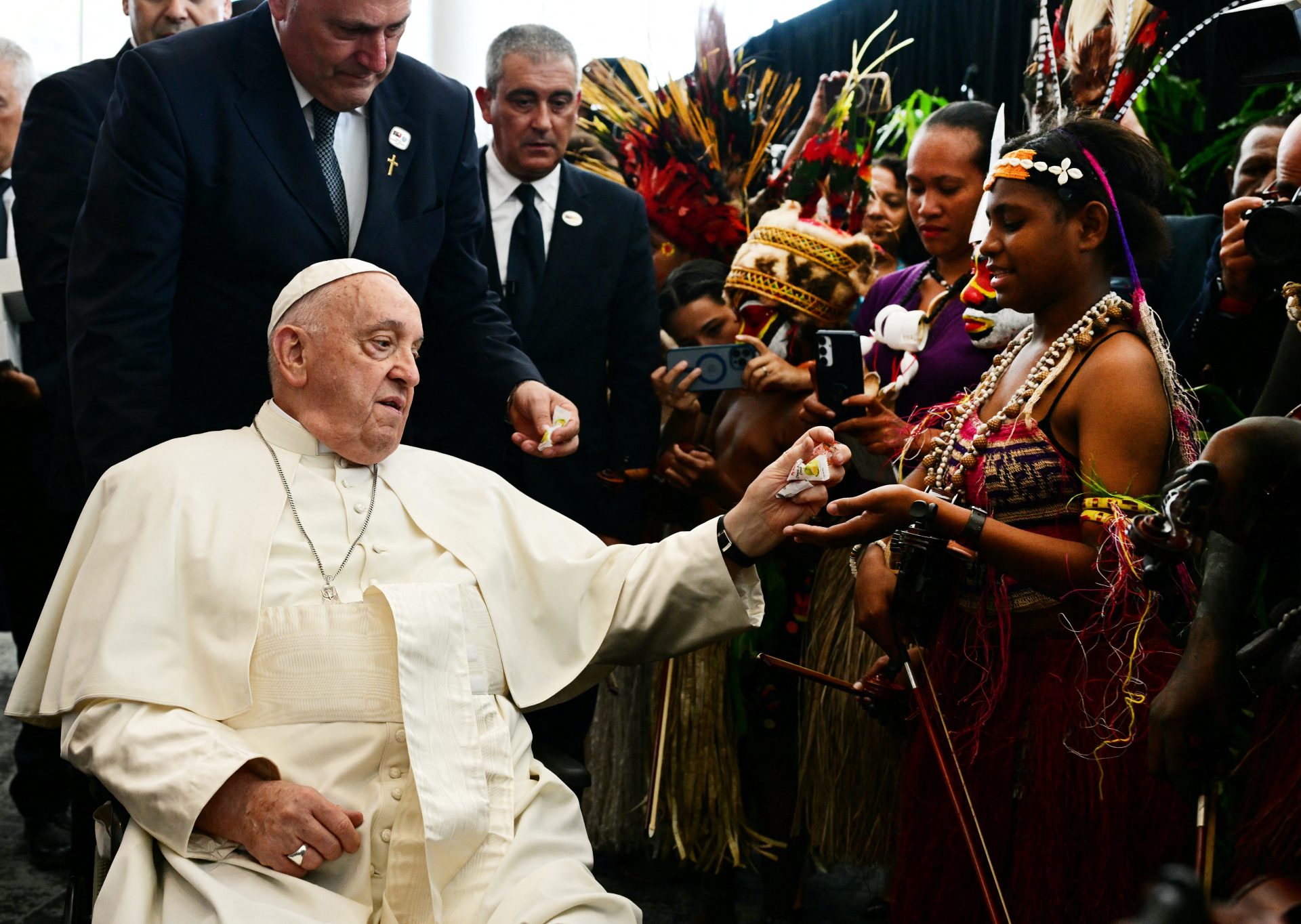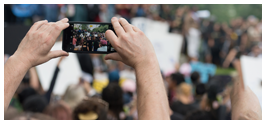The September 2024 apostolic visit of Pope Francis to Papua New Guinea remains etched in the minds and hearts of the faithful until now.
His decision to travel not only to the capital but also to the remote town of Vanimo, in the country’s far northwestern corner, spoke volumes. It was a powerful expression of his consistent message: that no place is too far, and no people too small, to be worthy of love and attention.
In a time of global uncertainty, the Pope’s radical simplicity and solidarity with the poor offer timely inspiration. His journey to one of the world’s most remote nations was quietly historic—and its lessons deserve renewed attention.
Pope Francis was the second Pontiff to make an apostolic journey to Papua New Guinea, following in the footsteps of Pope Saint John Paul II, who visited the country twice. The trip underscored the growing importance of the local Church, and the Pope’s heartfelt desire to “go to the peripheries”—in this case, both geographically and pastorally.
Papua New Guinea is the third-largest island nation in the world, with a rugged landscape and limited infrastructure. Its rich cultural and linguistic diversity—over 800 languages are spoken—adds both vibrancy and complexity to national life. More than 95% of its people are Christians. Catholics make up nearly 32% of the population, and today, more than a quarter of the country’s approximately 8 million people identify as Catholic.
According to the Vatican, Papua New Guinea is home to some 2.5 million Catholics, served by one Cardinal, 27 bishops, and about 600 priests. A growing number of clergy and religious are indigenous, though many foreign missionaries remain.
The Church continues to face daunting challenges in this vast and often isolated nation: severe poverty, underdevelopment, language barriers, and a difficult terrain with few roads.
Yet, the Catholic Church remains vibrant and deeply rooted in the people’s daily lives.
The seeds of the Pope’s 2024 visit were sown in 2019, when Fr. Martin Prado, IVE, a missionary of the Institute of the Incarnate Word, led a group of Vanimo parishioners to meet the Holy Father. “The Pope fell in love with Papua New Guinea,” Fr. Martin recalls. Over the years, the connection deepened—and Pope Francis kept his promise to “repay the visit.”
During his time in Papua New Guinea, Pope Francis rejected lavish arrangements. He resided in a simple, converted room, traveled in a family car, and took his meals with staff members at the Apostolic Nunciature. His actions and words throughout the trip reflected his unwavering call to return to the heart of Christian life: compassion, love, and service.
His presence in Vanimo, far from the country’s political and economic centers, was a profound source of encouragement. He reminded the people that holiness and dignity are found not in status or wealth, but in simple acts of mercy.
Perhaps the most enduring image of Pope Francis’s legacy is his chosen final resting place: a plain wooden coffin in an unadorned grave. Above it, a large replica of his pectoral cross rests on a white wall. Below it, a single word: Franciscus.
This final gesture captures the essence of his life and mission. It calls all people to reflect on what truly matters—not the wealth we accumulate, but the love we share, the mercy we extend, and the care we offer to both our neighbor and our common home.
In his words, his witness, and his simplicity, Pope Francis continues to inspire a Church that reaches outward, downward, and forward—toward the peripheries, toward the poor, and toward a future built on the Gospel.







